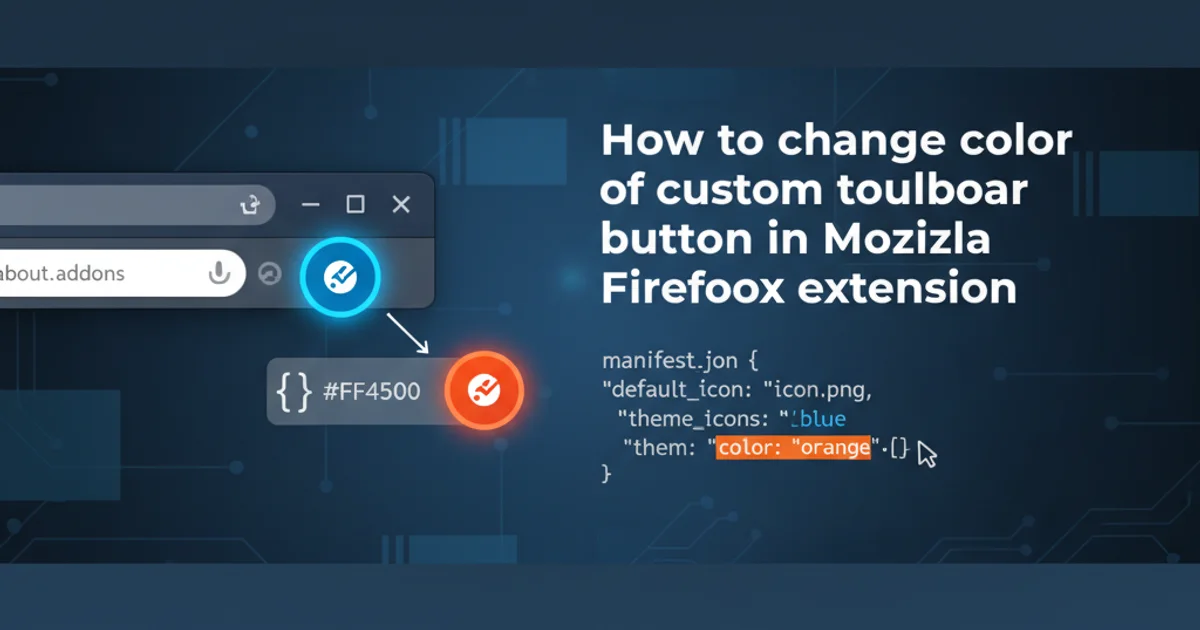PowerShell Delete File If Exists
Categories:
Safely Delete Files in PowerShell: A Comprehensive Guide

Learn how to robustly delete files in PowerShell, including checking for existence, handling errors, and managing read-only attributes.
Deleting files is a common task in scripting and system administration. In PowerShell, the Remove-Item cmdlet is your primary tool for this operation. However, simply calling Remove-Item without proper checks can lead to errors or unexpected behavior, especially if the file doesn't exist or is locked. This article will guide you through best practices for safely deleting files, ensuring your scripts are robust and error-resistant.
Basic File Deletion with Existence Check
The most fundamental step before attempting to delete a file is to verify its existence. This prevents your script from throwing an error if the file is already gone. PowerShell provides the Test-Path cmdlet for this purpose, which returns True if the path exists and False otherwise.
$filePath = "C:\Temp\MyFile.txt"
if (Test-Path -Path $filePath) {
Remove-Item -Path $filePath -Force -ErrorAction SilentlyContinue
Write-Host "File '$filePath' deleted successfully."
} else {
Write-Host "File '$filePath' does not exist. No action taken."
}
Basic file deletion with an existence check.
-Force parameter is often useful with Remove-Item as it allows the deletion of read-only files and suppresses confirmation prompts. -ErrorAction SilentlyContinue prevents the script from stopping on non-terminating errors, which can be useful in scenarios where you want to log issues but continue execution.Handling Read-Only Files and Permissions
Sometimes, files might be marked as read-only, preventing direct deletion. While -Force often handles this, you might need to explicitly remove the read-only attribute before deletion for more robust scripts or in cases where -Force isn't sufficient due to specific permissions. The Set-ItemProperty cmdlet can be used to modify file attributes.
$filePath = "C:\Temp\ReadOnlyFile.txt"
# Create a read-only file for testing
"Test content" | Out-File -FilePath $filePath
Set-ItemProperty -Path $filePath -Name IsReadOnly -Value $true
if (Test-Path -Path $filePath) {
try {
# Attempt to remove read-only attribute first
Set-ItemProperty -Path $filePath -Name IsReadOnly -Value $false -ErrorAction Stop
Remove-Item -Path $filePath -Force -ErrorAction Stop
Write-Host "File '$filePath' (read-only) deleted successfully."
}
catch {
Write-Error "Failed to delete file '$filePath': $($_.Exception.Message)"
}
} else {
Write-Host "File '$filePath' does not exist. No action taken."
}
Deleting a read-only file by first removing its attribute.
flowchart TD
A[Start]
B{File Exists?}
C{Is File Read-Only?}
D[Remove Read-Only Attribute]
E[Delete File]
F[File Deleted Successfully]
G[File Does Not Exist]
H[Error Deleting File]
A --> B
B -- No --> G
B -- Yes --> C
C -- Yes --> D
D --> E
C -- No --> E
E -- Success --> F
E -- Failure --> HFlowchart for robust file deletion logic.
Deleting Multiple Files and Error Handling
When dealing with multiple files, especially in a loop, robust error handling becomes crucial. You might want to log which files failed to delete without stopping the entire script. Using a try-catch block around Remove-Item allows you to gracefully handle exceptions for each file.
$filesToDelete = @(
"C:\Temp\File1.txt",
"C:\Temp\NonExistentFile.txt",
"C:\Temp\File2.txt"
)
# Create some dummy files for testing
"Content 1" | Out-File -FilePath "C:\Temp\File1.txt"
"Content 2" | Out-File -FilePath "C:\Temp\File2.txt"
foreach ($file in $filesToDelete) {
if (Test-Path -Path $file) {
try {
Remove-Item -Path $file -Force -ErrorAction Stop
Write-Host "Successfully deleted: $file"
}
catch {
Write-Warning "Failed to delete '$file': $($_.Exception.Message)"
}
} else {
Write-Host "Skipped '$file': Does not exist."
}
}
Deleting multiple files with individual error handling.
Remove-Item, especially with -Force and wildcards. Double-check your paths and conditions to avoid accidental data loss. Consider using -WhatIf for testing before executing destructive commands.1. Step 1: Define the File Path
Specify the full path to the file you intend to delete. This can be a hardcoded string or a variable.
2. Step 2: Check for File Existence
Use Test-Path -Path $filePath to verify if the file actually exists at the specified location. This prevents errors if the file is already gone.
3. Step 3: Implement Deletion Logic
If the file exists, use Remove-Item -Path $filePath -Force. Consider wrapping this in a try-catch block for robust error handling, especially for read-only files or permission issues.
4. Step 4: Handle Non-Existent Files
In the else branch of your if (Test-Path) statement, provide feedback that the file does not exist, or simply do nothing if that's the desired behavior.